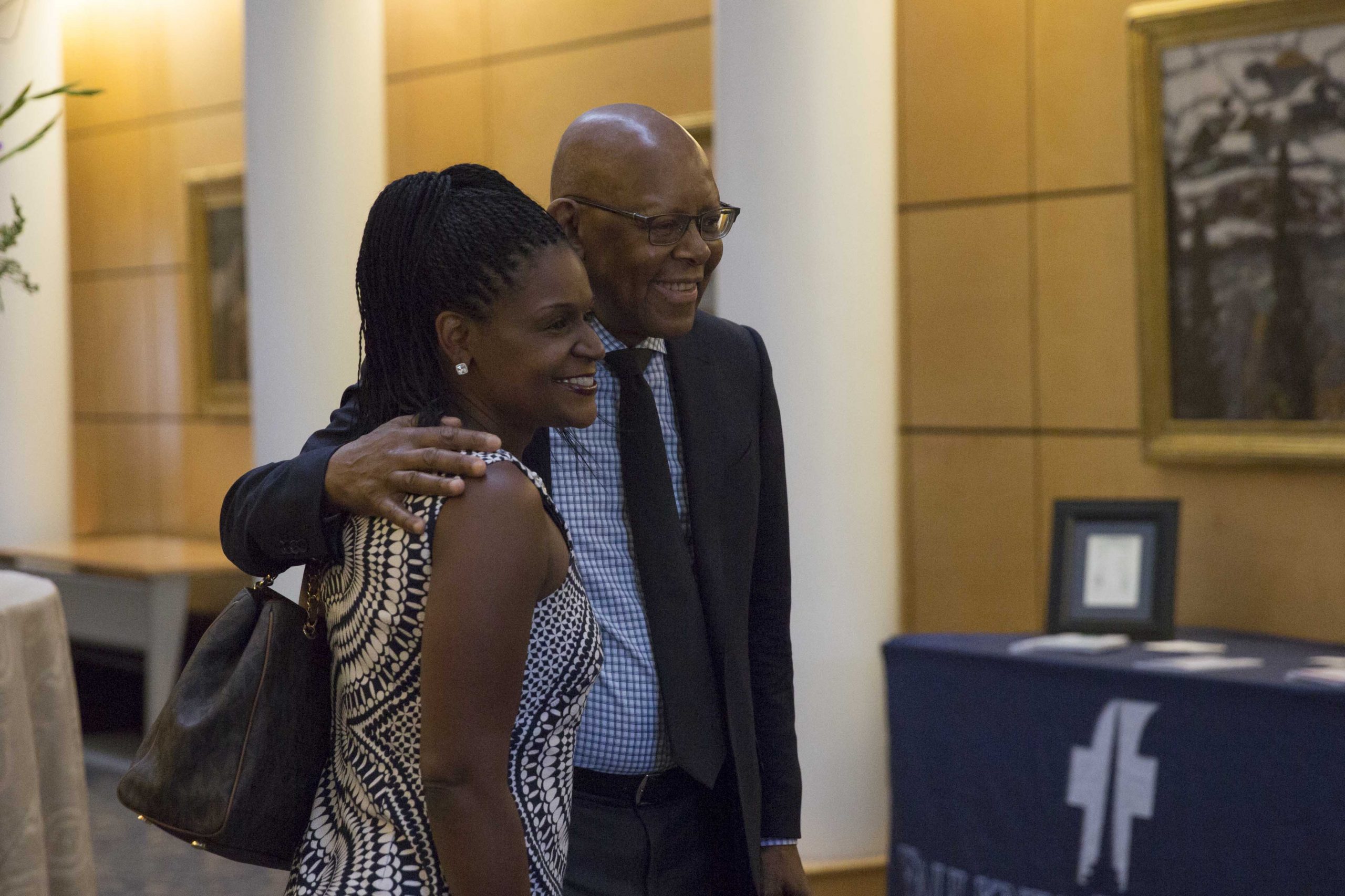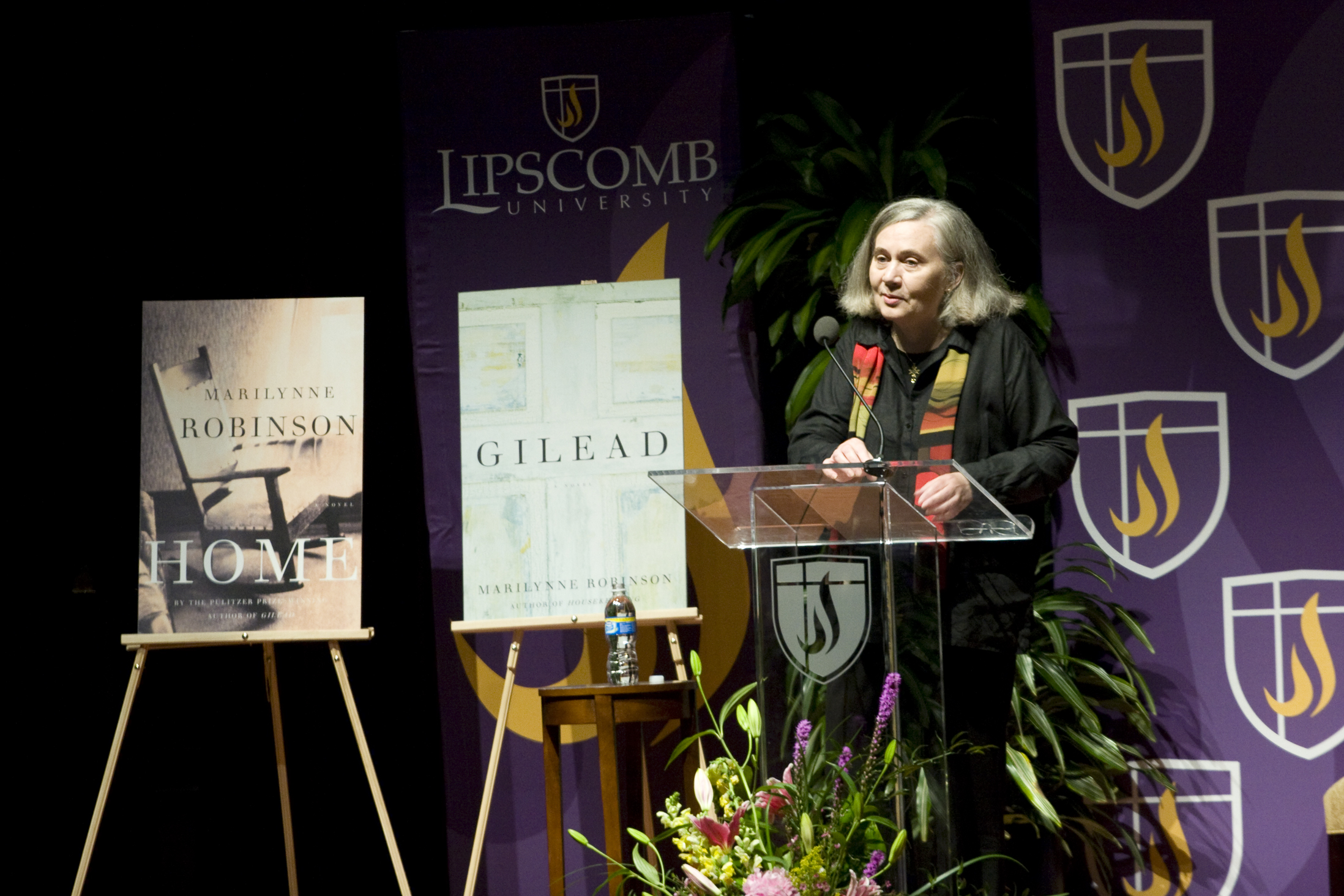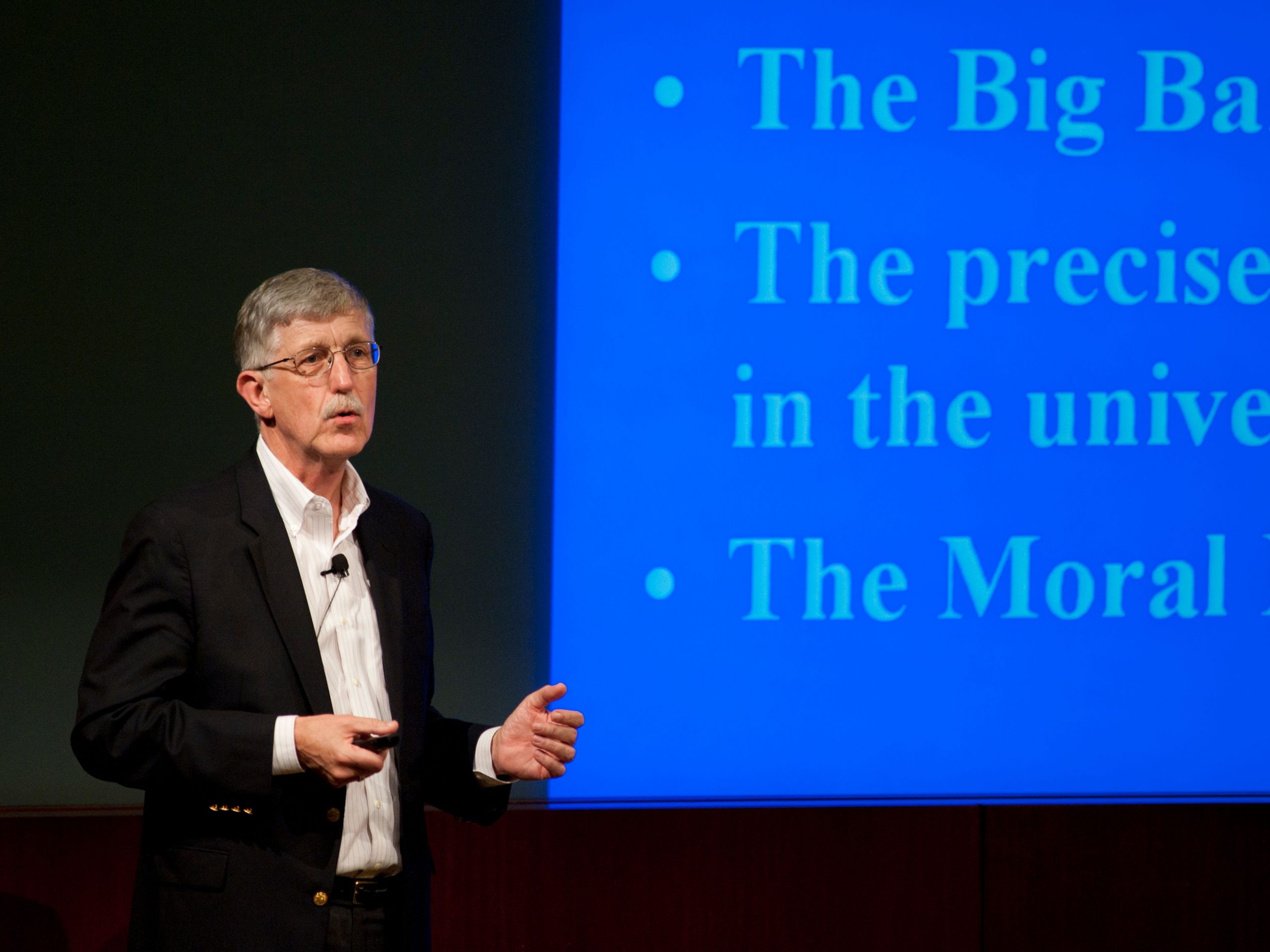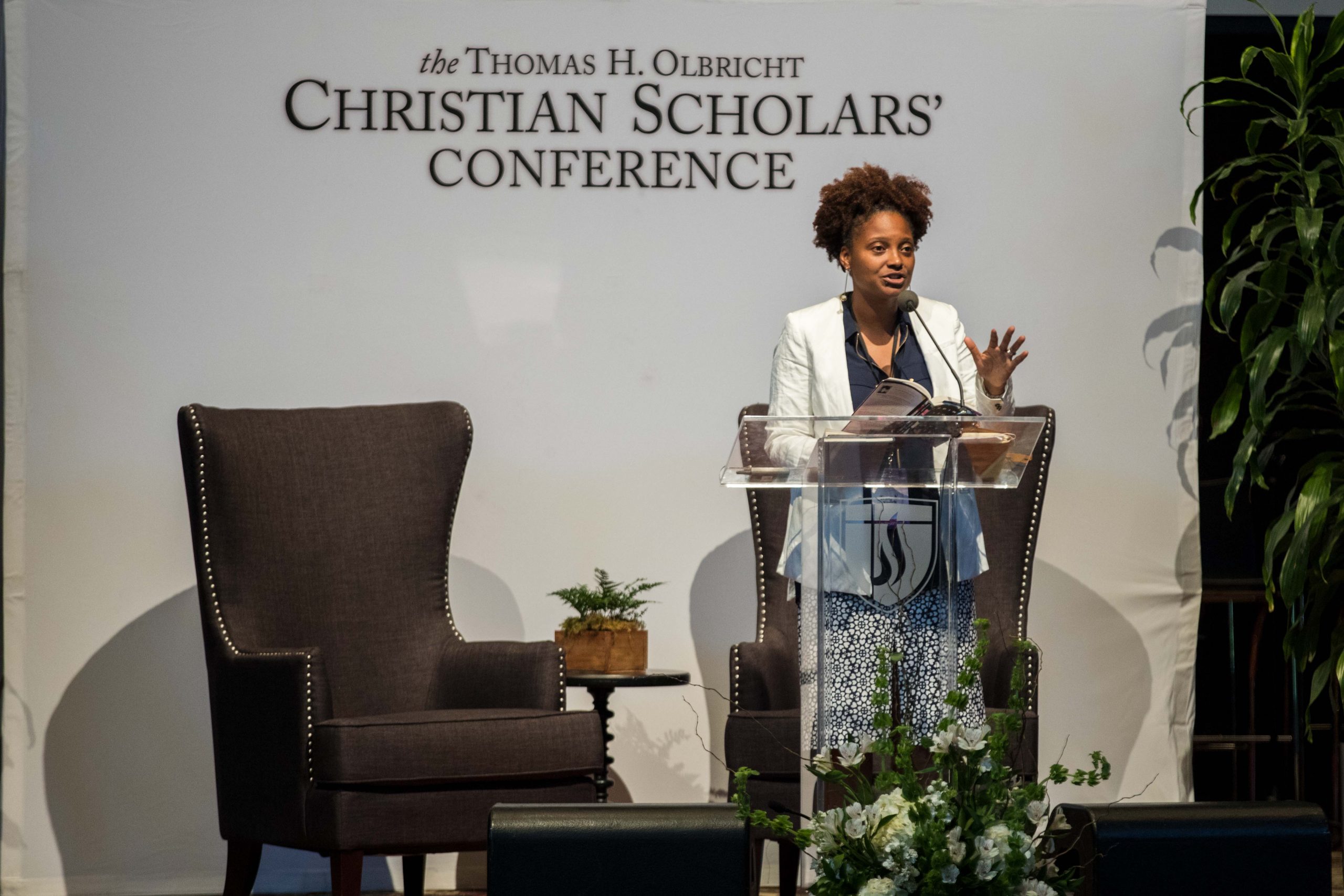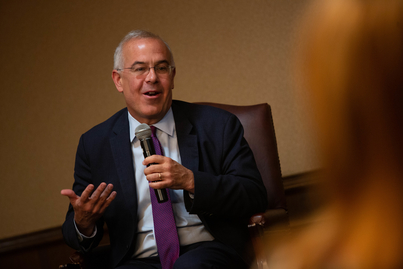Doctor of Ministry Projects in Practical Theology, Session Two: Finding a Path We Can Walk Together
When: June 9, 2021, 2:45 pm - Wednesday
Where: Swang 232
Session 2
Session Abstract
The careful practice of ministry often brings ministers and church leaders to a place where they understand the need for their congregation to change. They must discern the future desired by God and the path that wisely leads to it. Even when the desired outcome is known—racial and ethnic unity, for example—leaders must discern a path that brings everyone along. This session considers case studies, best practices, and adaptive change capacity as tools to help congregations engage in needed change. The CSC expresses its gratitude to the Siburt Institute for their generous sponsorship of this session.
Paper Abstracts
Nicole Hunt, Emmanuel Christian Seminary, “Determined Hope: Building Racial Unity between Two Local Churches.”
Racism, in forms explicit and implicit, personal and systemic, runs throughout the history of African Americans in the United States. For over 400 years, the African American person has been treated less-than. My project stems from a desire to see the local churches of the city in which I live and minister coming together in their racial and cultural diversity to reach the city with God’s message and love. The research question is: how can two Johnson City churches foster racial unity between their own churches? Using literature review, interviews, field research, and case study, I identify five overarching themes.
Scott Laird, Harding School of Theology, “An Adaptive Change Project in Developing Leaders.”
Applying Robert Clinton’s “Leadership Emergence Theory,” where spiritual influence is a function of time, allowed church members to discover and use their spiritual influence to bless others. We intentionally explored the theological concepts of discipleship, providence, giftedness, and community as being foundational in developing leaders. In addition, each person applied “Leadership Emergence Theory” to their own life by writing and sharing their life narrative. Evaluating the effects of the intervention over a period of three years and drawing conclusions in order to enhance future ministerial practice made the methodology a case study in leadership emergence within a mature mid-sized church.
Jordan Tatum, Bethel Seminary, “Best Practices for a Multi-Ethnic Merger in Churches of Christ.”
This project aimed at discovering best practices for multiethnic Church of Christ mergers. Three churches were located that had formed by the merger of a White Church of Christ with a Black Church of Christ, two in the South and one in the Northeast. The researcher then traveled to each of the three congregations, where he distributed questionnaires, made field observations, and interviewed key leaders. Based on the data, five key findings for best practices in multiethnic Church of Christ mergers emerged. Since many congregations are looking for options to survive, should these multiethnic mergers be a model to consider?
Speakers
Ron Bruner, Editor, Discernment: Theology and the Practice of Ministry, Convener
- Nicole Hunt, Emmanuel Christian Seminary at Milligan University, “Determined Hope: Building Racial Unity between Two Local Churches.”
- Scott Laird, Harding School of Theology, “An Adaptive Change Project in Developing Leaders.”
- Jordan Tatum, Bethel Seminary, “Best Practices for a Multi-Ethnic Merger in Churches of Christ.”
- Michael L. Sweeney, Emmanuel Christian Seminary at Milligan University, Respondent

